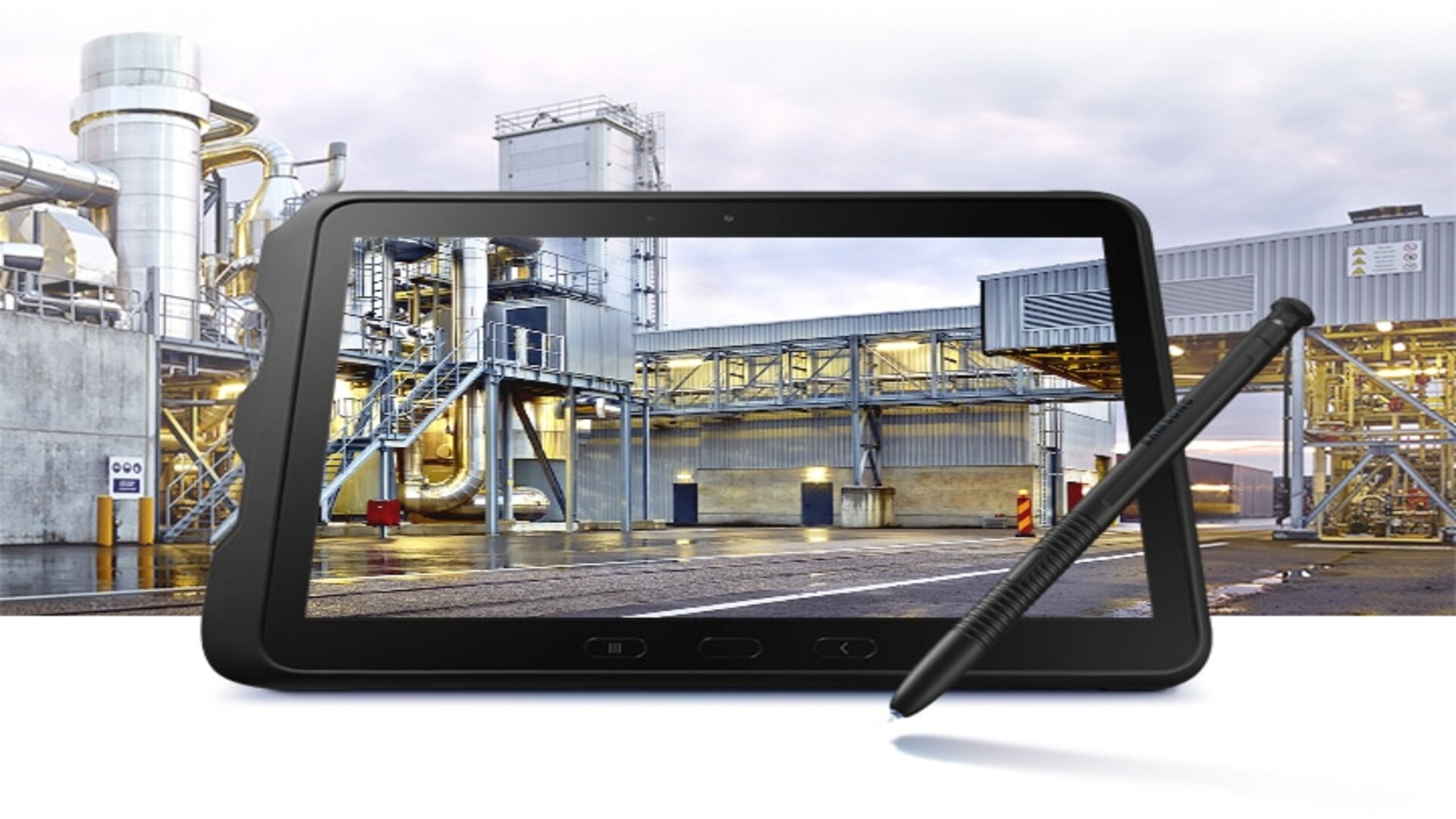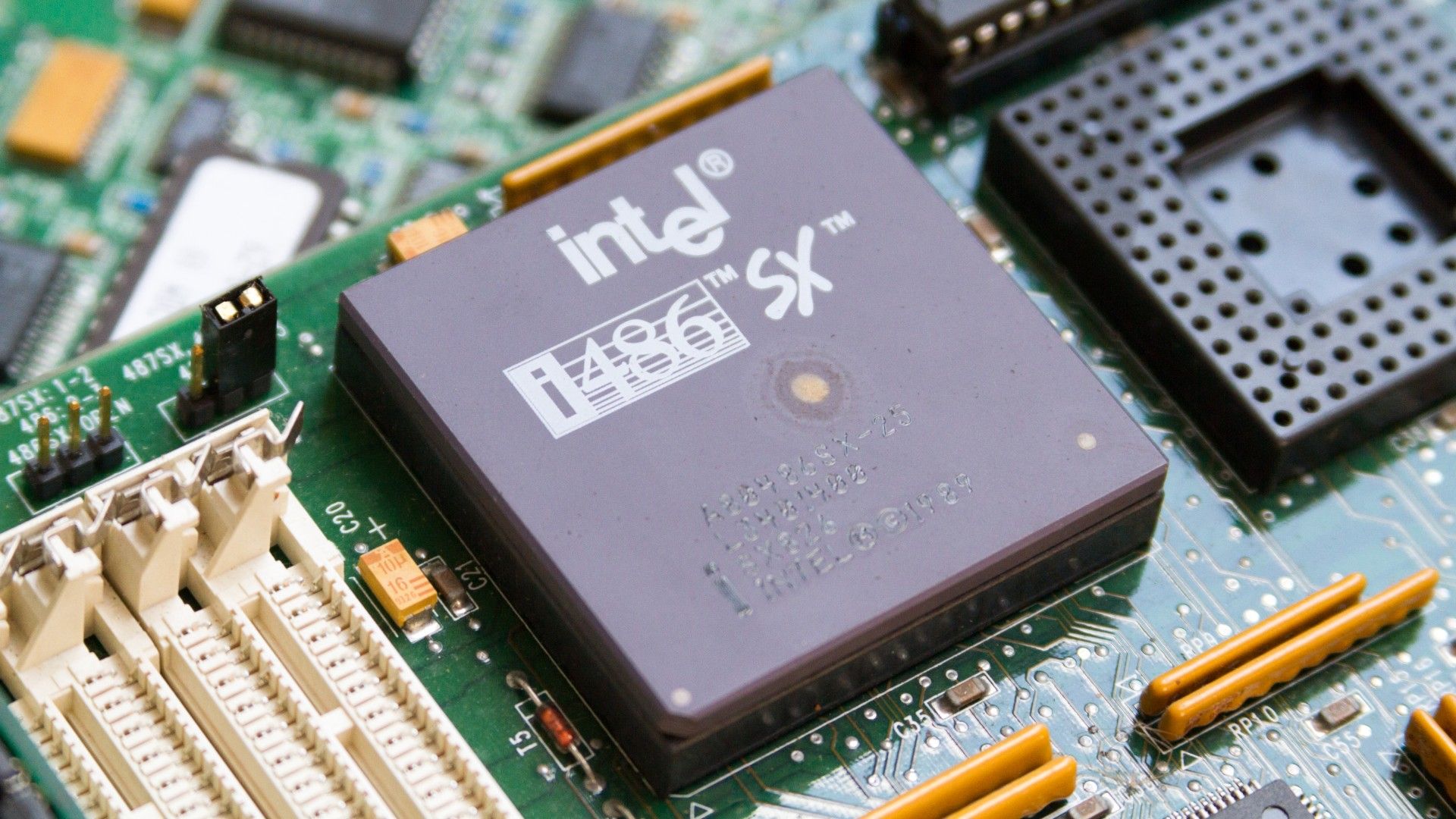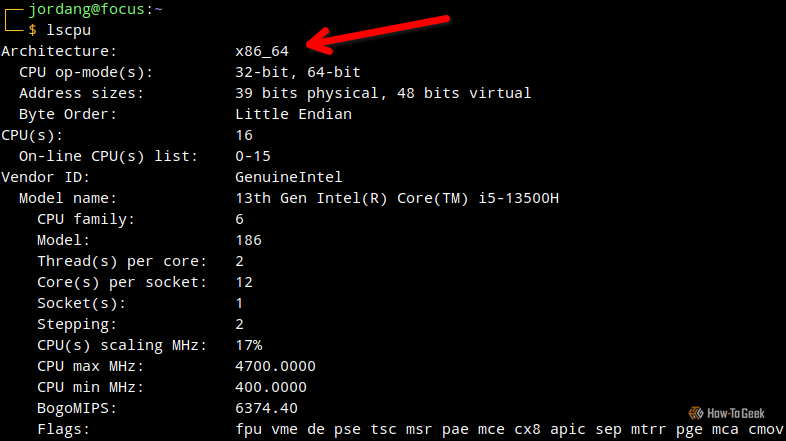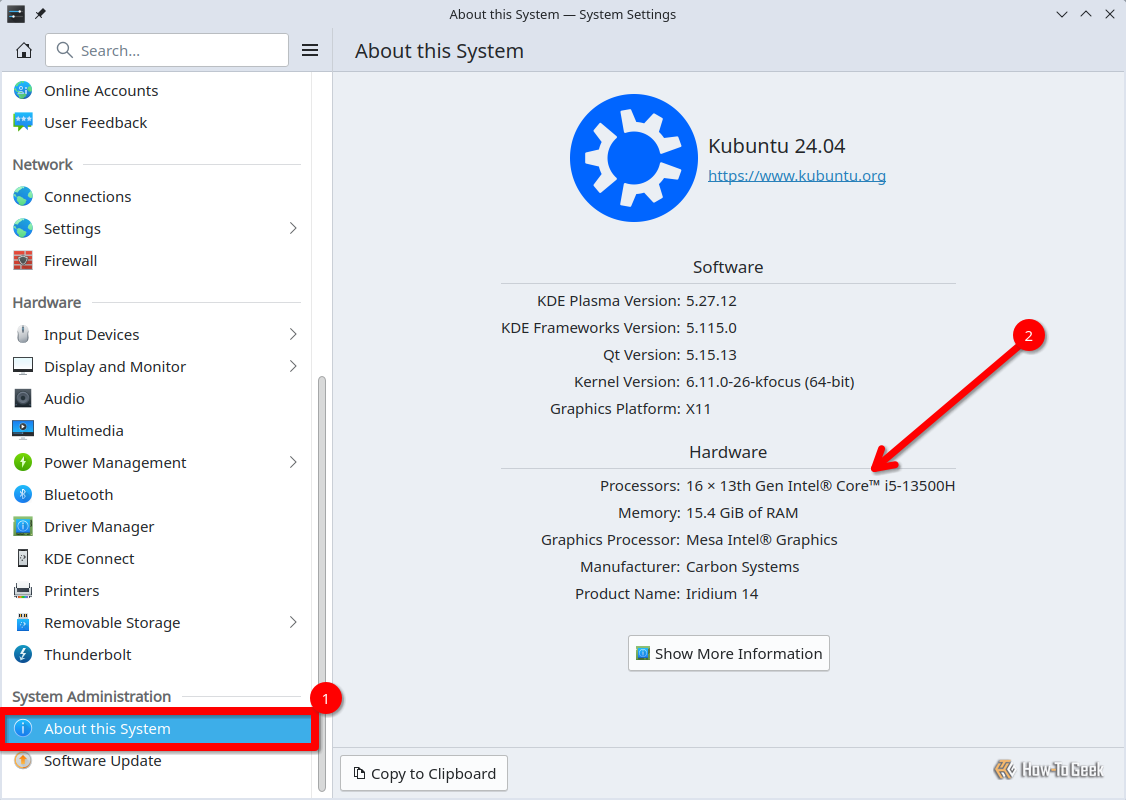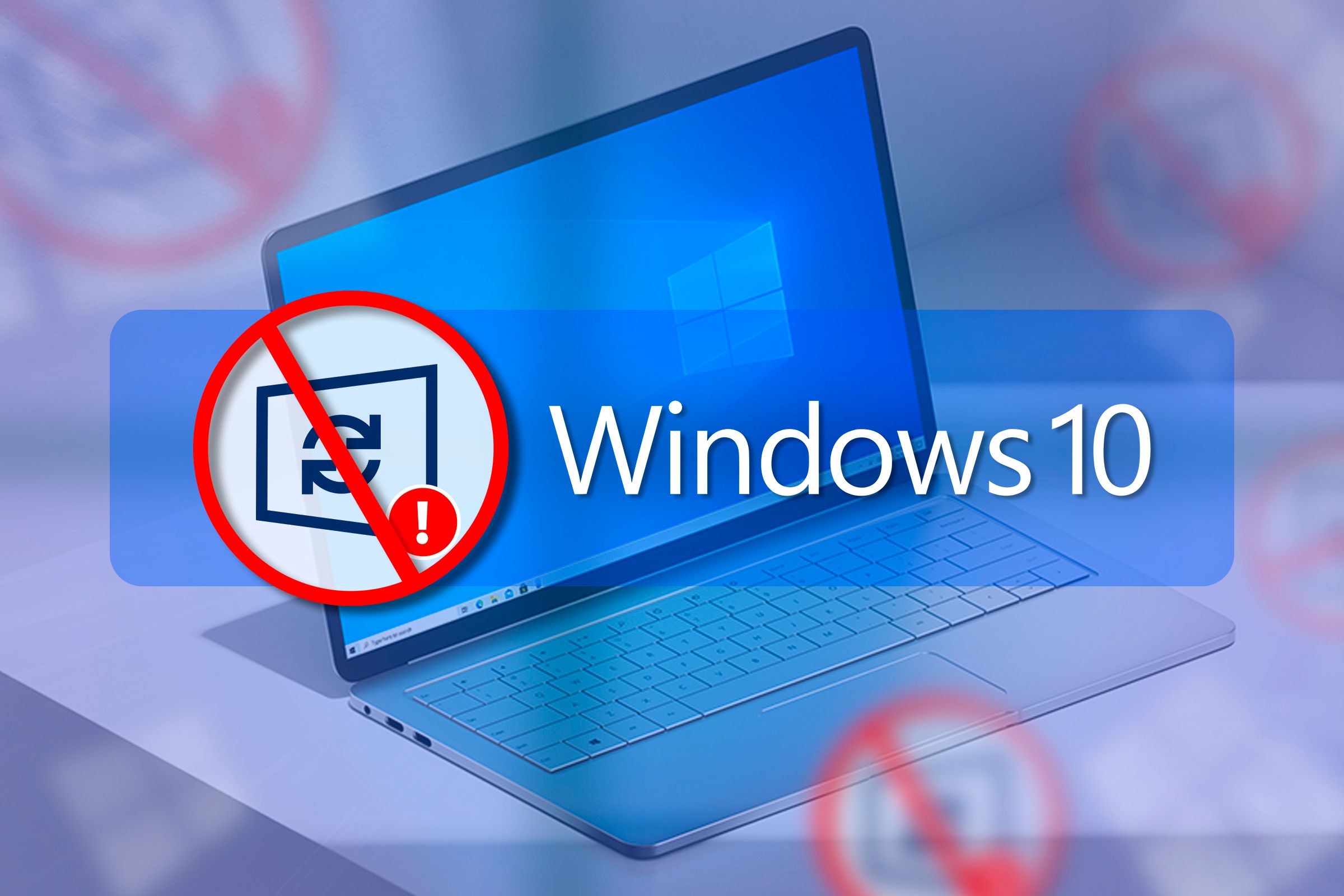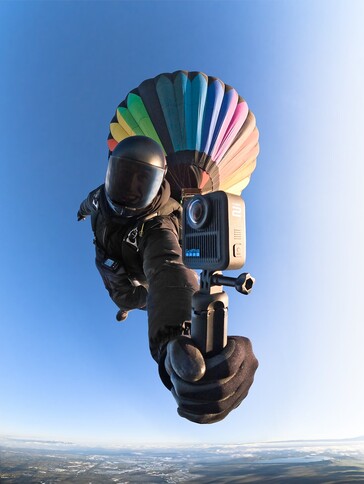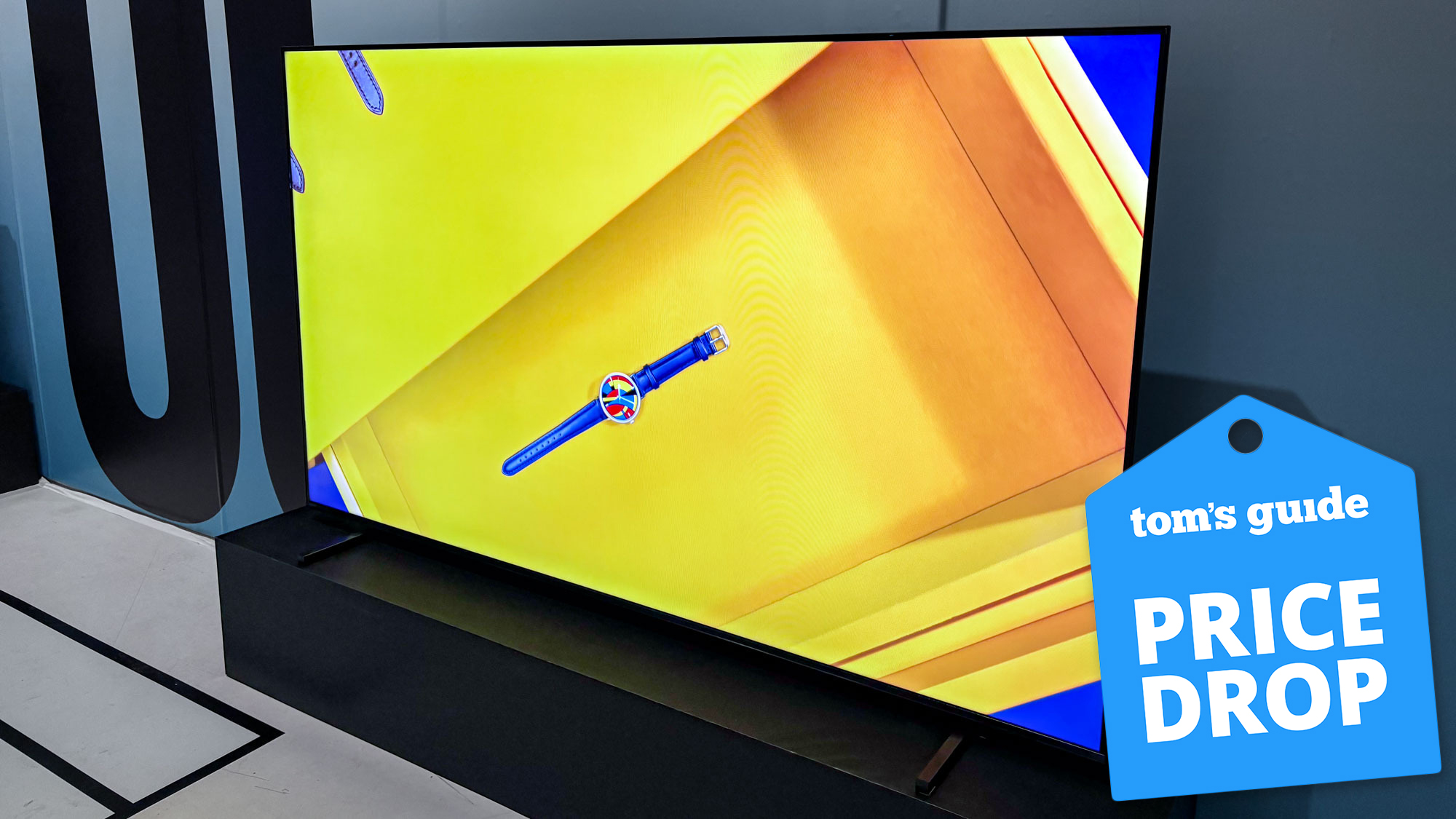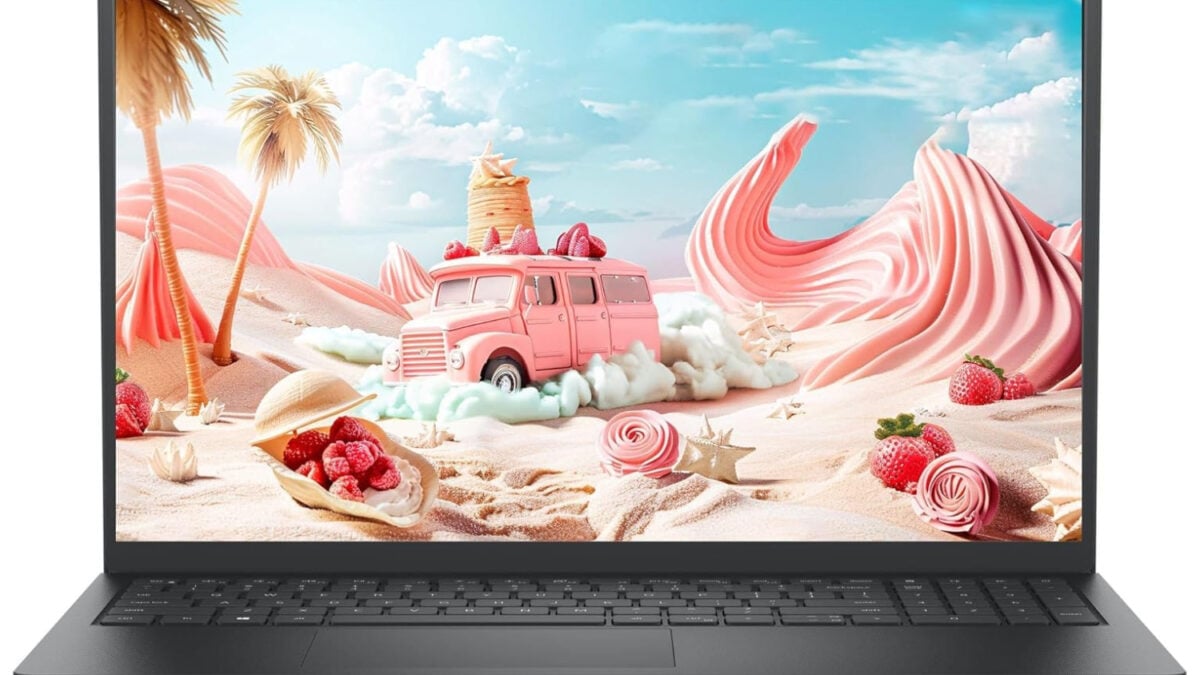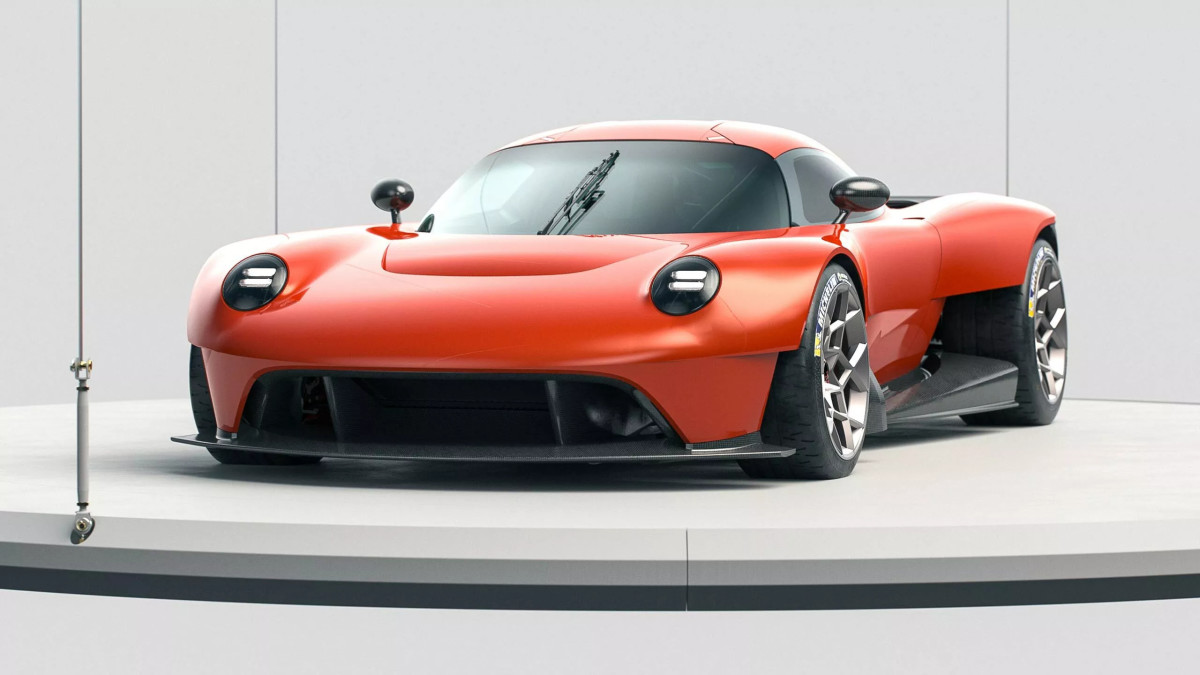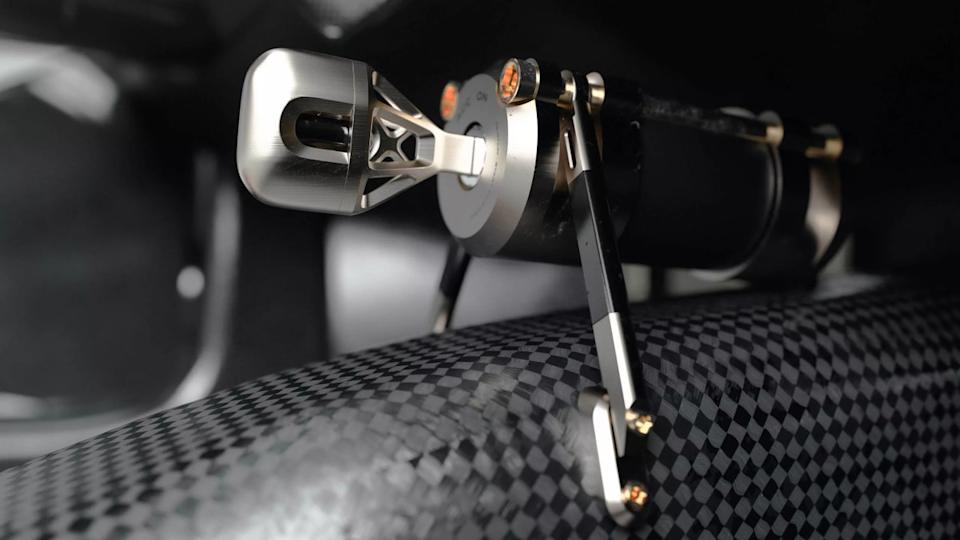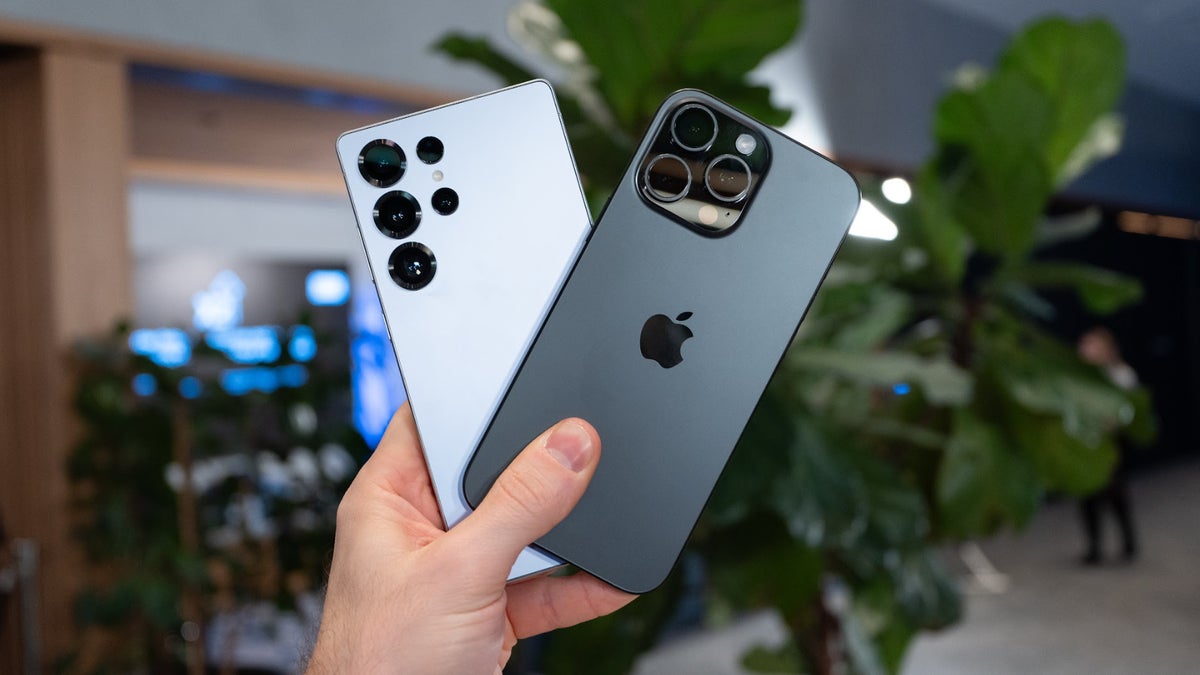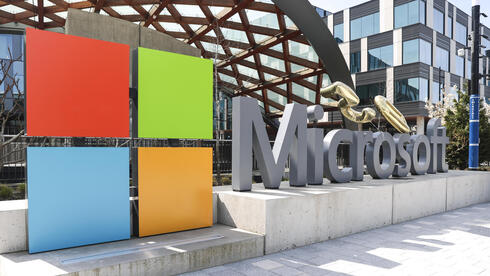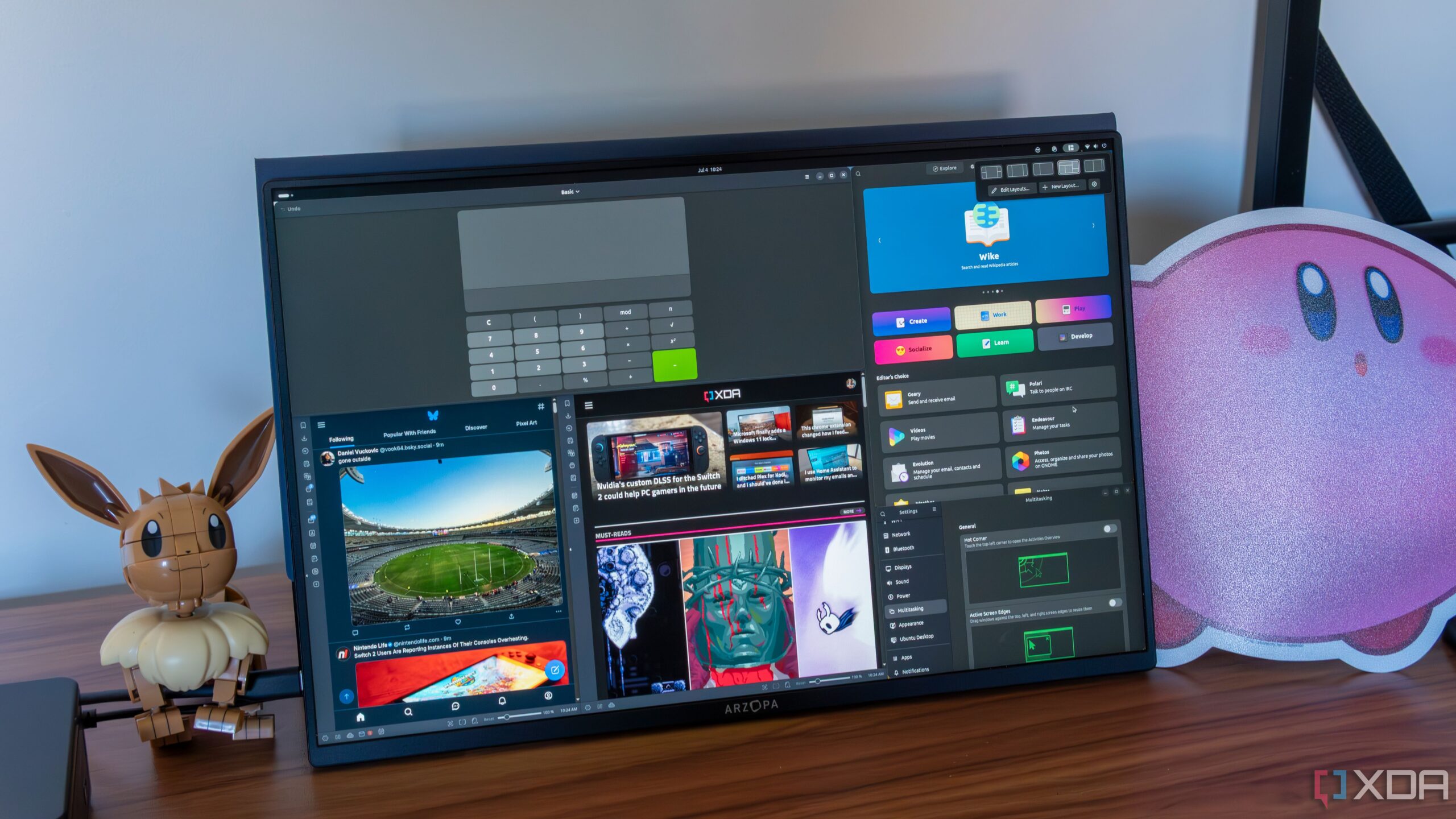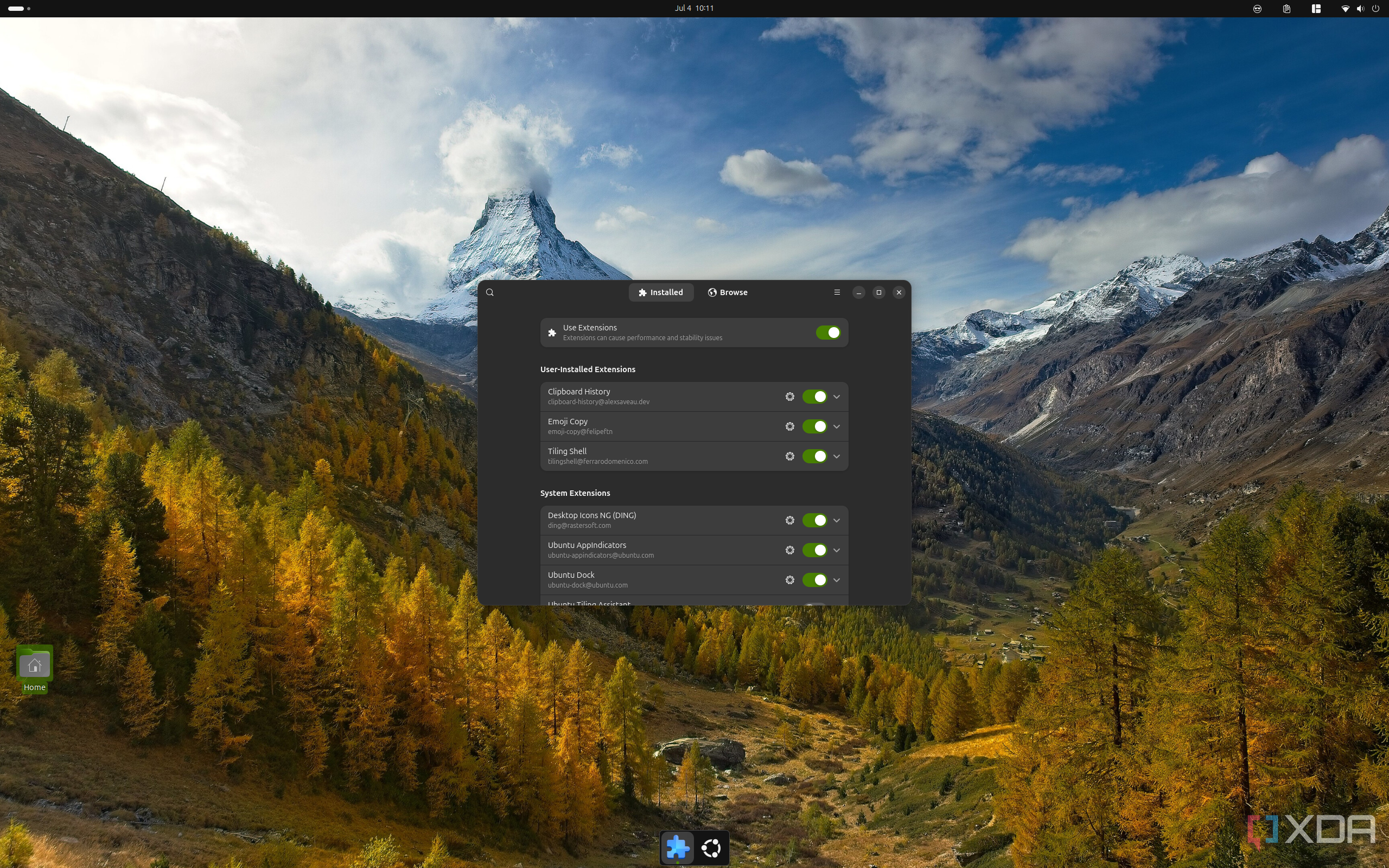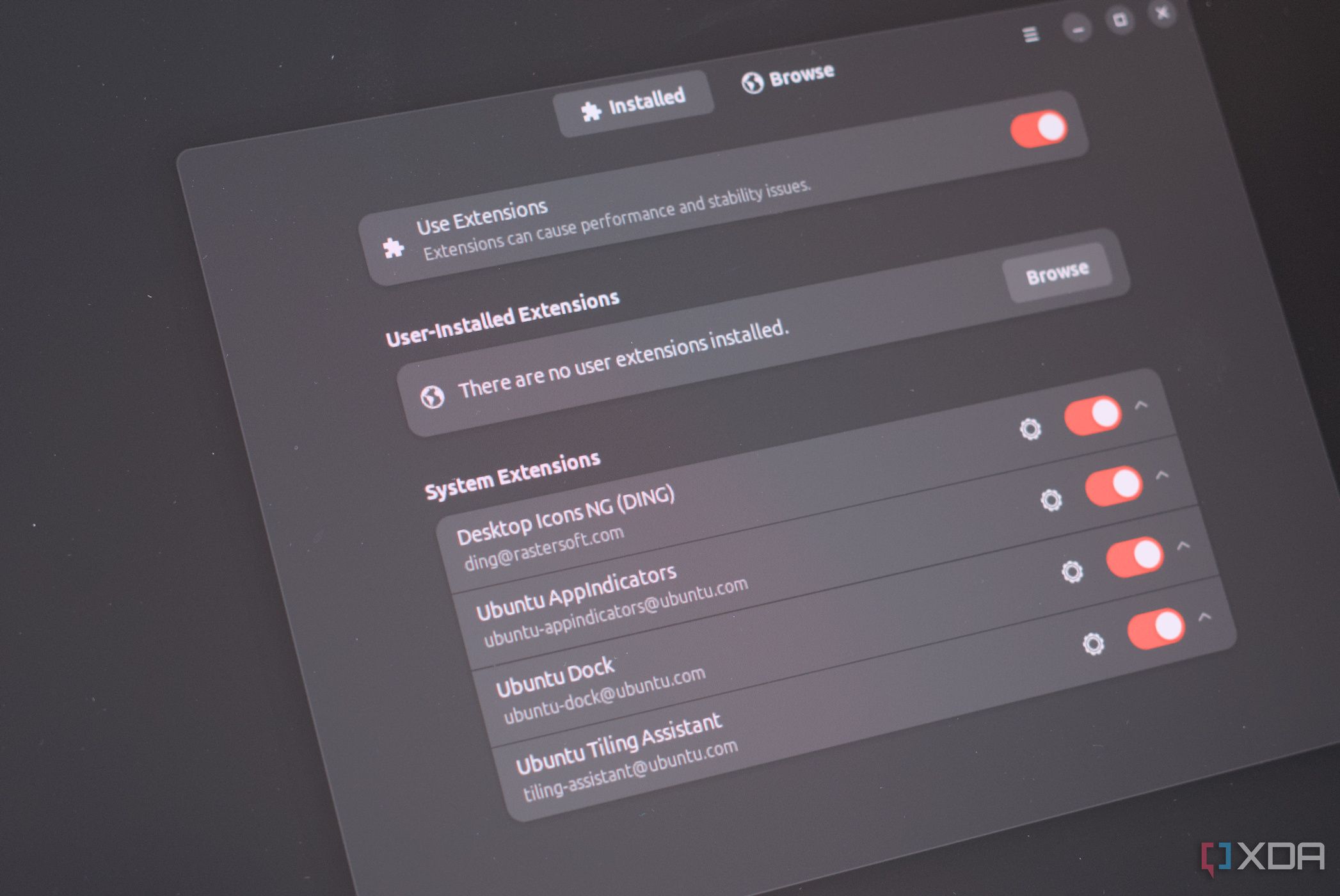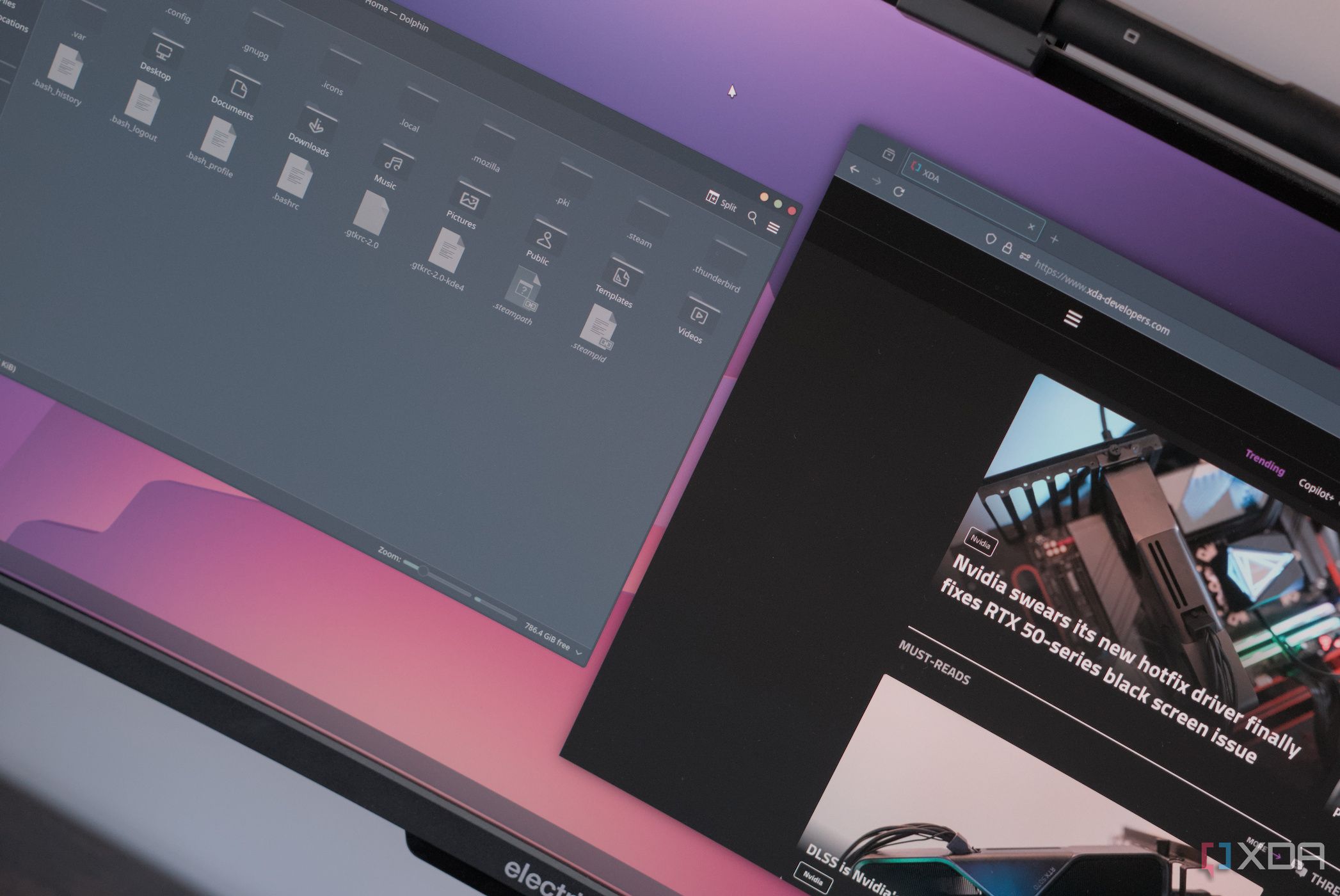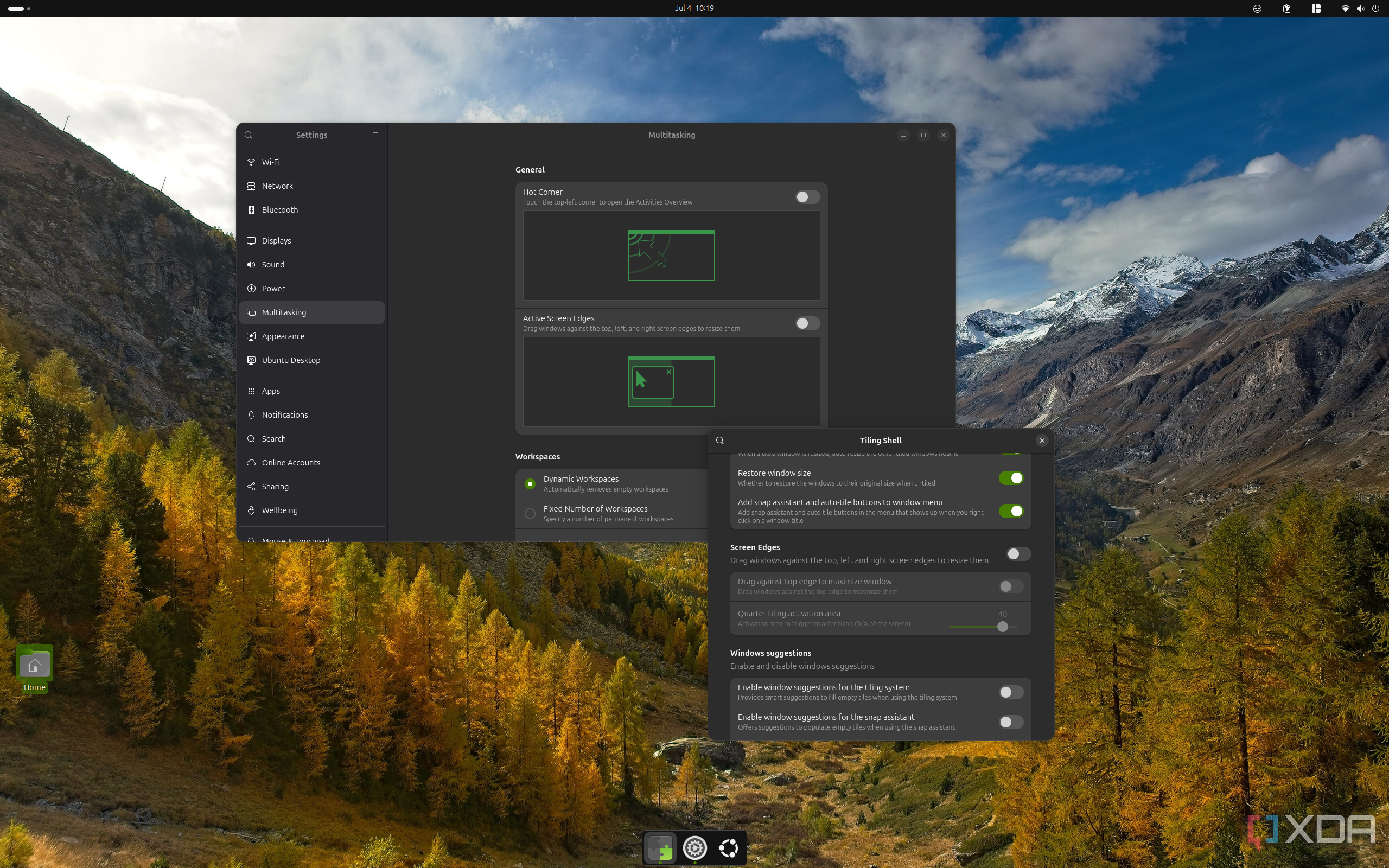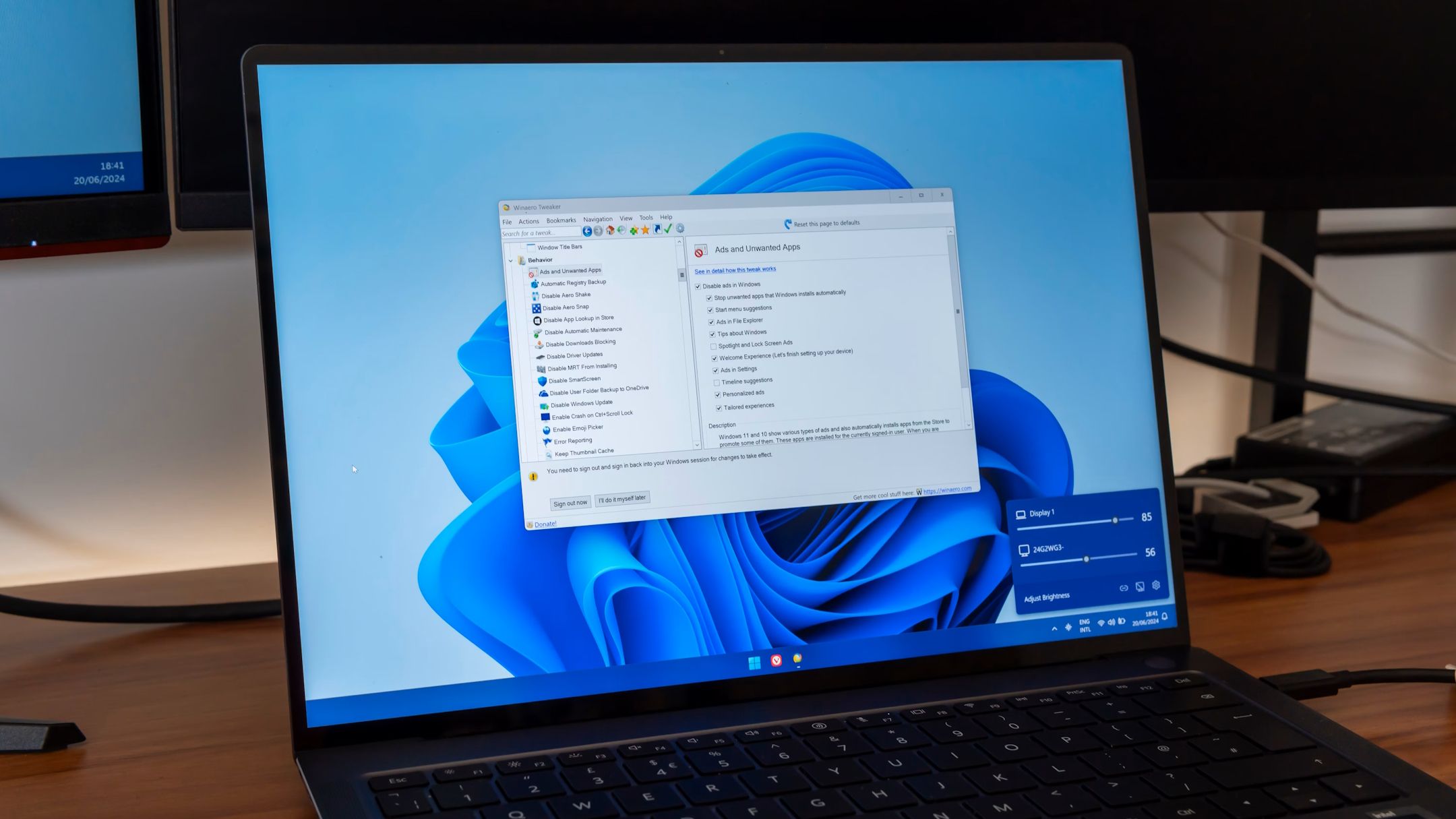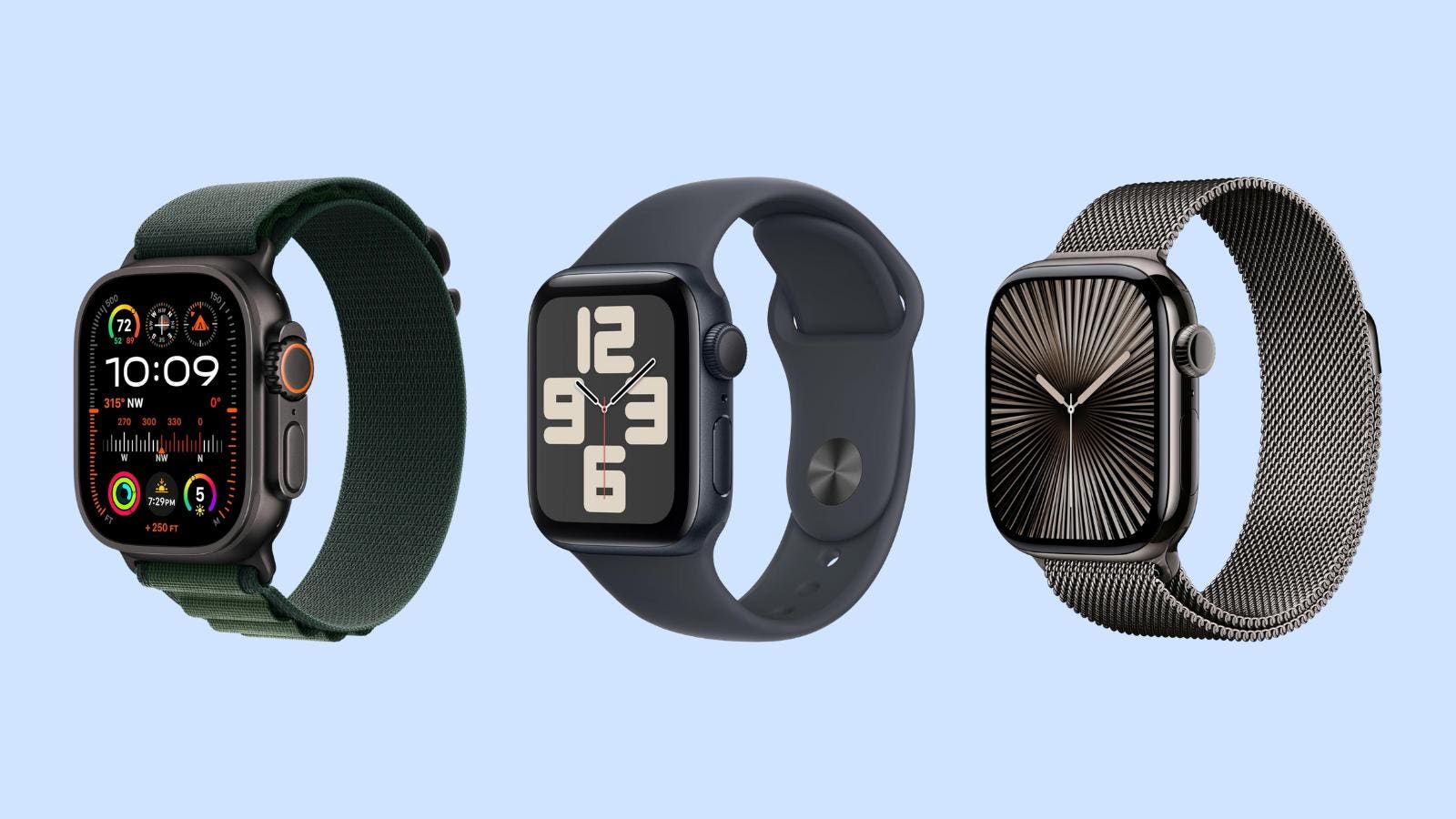- Samsung’s rugged tablet built for frontline industries has dual batteries and 5G support
- It includes a stylus, 8 years of Android updates, and can run without a battery
- First review praises long battery life, strong durability, and enterprise-ready hardware design
Samsung’s Galaxy Tab Active5 Pro is a rugged tablet built for demanding work environments. Introduced alongside the Galaxy XCover7 Pro back in April 2025, the new device is designed to meet the demanding needs of industries like logistics, construction, and field service.
The Tab Active5 Pro comes equipped with a 5G-capable Snapdragon 7s Gen 3 processor, improved display brightness up to 600 nits, and enhanced audio clarity with intelligent noise filtering.
It sports 16GB of RAM and expanded storage options to support heavy multitasking and fieldwork. The dual battery setup has a combined capacity of over 10,000mAh and supports hot-swapping, allowing users to replace batteries without shutting down the device.
Eight years of Android updates
The tablet also features a handy No Battery Mode for fixed setups like kiosks or in-vehicle use. With its MIL-STD-810H certification and IP68 rating, it’s built to handle drops, water, dust, and extreme conditions, just as you’d expect from a rugged device.
It also comes with eight years (8 years!) of Android updates, which is impressive, and includes a protective case with a stylus.
“The Galaxy Tab Active5 Pro combines ruggedized durability, enterprise-grade security, seamless connectivity, and intuitive AI-driven features,” said Jerry Park, EVP and Head of Samsung’s Global Mobile B2B Team at launch, adding it would “help businesses operate efficiently in harsh conditions while maximizing productivity and minimizing downtime.”
Notebookcheck went hands on with the Galaxy Tab Active5 Pro and in its in-depth review, declared, “Performance is solid for everyday tasks, and the dual battery setup with a combined capacity of over 10,000mAh ensures very long battery life.”
The review added, “The inclusion of two removable batteries is a smart move. However, it is unusual that the tablet only functions when both batteries are inserted or when running entirely without batteries. On the positive side, these are the same battery models used in the standard Galaxy Tab Active5.”
It concluded, “Overall, this rugged tablet has been thoughtfully designed and could also be a strong choice for outdoor enthusiasts looking for a durable, long-lasting device.”
The Galaxy Tab Active5 Pro is officially priced at $839, but as Notebookcheck points out, it’s already available for significantly less through some online retailers.
